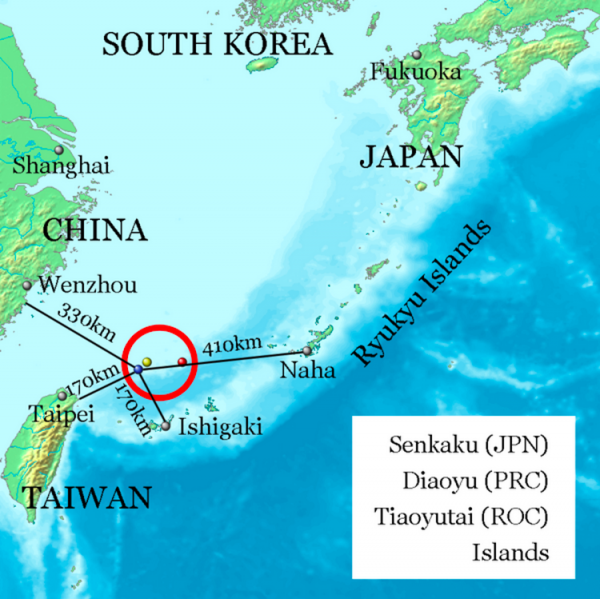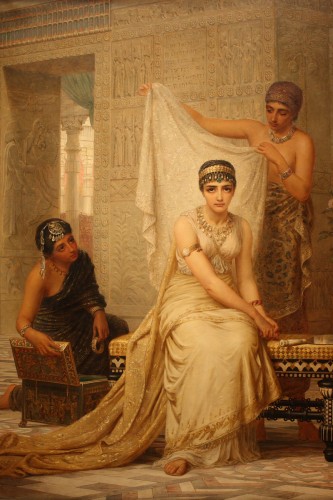This is what I used to call her, in blog posts at ncobrief.com during the run-up to the 2008 primaries; Hillary Clinton; who seemed so … inevitable. She would be there, a power to behold and take seriously in the presidential primaries. “In the place of a Dark Lord you would have a Queen! Not dark but beautiful and terrible as the Morn! Treacherous as the Seas! Stronger than the foundations of the Earth! All shall love me and despair!”
Well, I am certain that some of Hillary Clinton’s supporters have loved and despaired, in the resulting contest between ebony and ovary in the 2008 primaries. Eh I didn’t care at the time, still don’t care and can’t be made to care. I will note for the record that my daughter was taking college classes then, and both of us were annoyed beyond all reason by the assumption that because we were both women, and politically involved, that we were OF COURSE all about Hillary. Our support was taken as a matter of fact. THE FIRST WOMAN PRESIDENT! This possibility was apparently intended to make us both go wobbly in the knees and vote with our vaginas instead of our brains.
Middle East
Barry Rubin ז״ל
Instapundit notes the passing of Barry Rubin, whose Rubin Report posts (later shared on PJ Media) were among the most thoughtful and accessible analyses of Middle Eastern politics. This is a great loss. My condolences to Mr. Rubin’s family.
World War 2.5
UPDATE: I don’t seem to be the only one worried about a 1914 situation.
China’s current coercion of Japan over the islands is but a symptom of a larger illness in the international system. China has been leveraging its naval modernization to increase its movements through the seas and choke points surrounding Japan to break out into the Pacific. Last November, for example, flotillas of People’s Liberation Army (PLA) Navy destroyers and submarines backed by air power encircled Japan for the first time, as PLA officers bragged about splitting and demolishing the first island chain. China is changing the regional balance with little resistance from the United States. Counter to Chinese public claims of surprise at a U.S. “overreaction,” recent discussions with Chinese officials over Beijing’s December air defense identification zone announcement suggests that the United States’ response was much weaker than the response the Chinese leadership had expected.
This is worrisome.
Last month I posted an observation that another world war may be coming. I noted that this summer is the 100th anniversary of the First World War and that the present situation is similar to that which preceded the 1914 war. I may not be the only one.
I concluded last month’s post as follows: The “two Ps” are Pakistan and the Palestinians. We live in an incredibly dangerous era and we are seeing an American president who does not understand geopolitics. God help us.
A recent column provided from someone attending the Davos Economic Forum discusses yet another potential fuse that is sputtering.
During the dinner, the hosts passed a microphone around the table and asked guests to speak briefly about something that they thought would interest the group.
One of the guests, an influential Chinese professional, talked about the simmering conflict between China and Japan over a group of tiny islands in the Pacific.
When is 5 Percent Not 5 Percent?
The Iranian nuclear deal (more on the deal and the secret side agreement; see also this) refers to uranium enrichment thresholds of 5% and 20%. These may not sound too threatening, given that a nuclear weapon requires enrichment to around the 90% level. BUT the percentage enrichment of the uranium is NOT a good indicator of the amount of work required to get there.
Start with a tonne (2204 pounds) of natural uranium feed–to enrich it to 5% will require about 900 Separative Work Units–SWUs being an indicator of the amount of energy, time, and capital equipment required for the process. Take to 5% enriched product and continue enriching it to 20%, and the incremental cost will be only about 200 SWUs, for an accumulated total cost of 1100 SWUs. And if you want to turn the 20% enriched substance into weapons-grade 90%-enriched uranium, you need add only about another 200 SWUs of effort, for a grand total of 1300 SWUs. Thus, the effort required to get to that seemingly-harmless 5% threshold is already 69% of the way to weapons grade, and 20% enrichment is 84% of the way there. See this article, which explains that “the curve flattens out so much because the mass of material being enriched progressively diminishes to these amounts, from the original one tonne, so requires less effort relative to what has already been applied to progress a lot further in percentage enrichment.”
There has been very, very little media coverage on this point. One place the issue was discussed was in February and September 2012 reports by the American Enterprise Institute, which were discussed and excerpted at PowerLine in November 2013. Note that the AEI analysis shows an even flatter enrichment curve than the one in the article I linked above–AEI is showing 90% of the total effort for weapons-grade as being required to get to 5% enrichment, rather than “only” 69%. In either case, it should be clear that possession of large quantities of material enriched to 5% is a very nontrivial milestone on the way to constructing a nuclear weapon.
Meanwhile, 4 billion dollars worth of frozen Iranian funds are being unfrozen and sent to Iran. Money is fungible, and almost certainly some of this money will go to support Iranian-backed terrorism, funding operations intended to kill American military personnel, Israeli civilians, and quite possibly American civilians in this country as well. And some of it will probably go to support R&D on advanced centrifuge technology, allowing Iran to move even more quickly to a nuclear weapon when it decides to do so.
Seth Barrett Tillman, “Purim & My Bangladeshi Friend”
Our good friend Seth Barrett Tillman has an excellent article, part personal narrative, part meditation on the basis of conflict between Arabs and Jews, based on thoughts on the book of Esther.
The article, “Purim & My Bangladeshi Friend” may be found by clicking here.
On the Jewish holiday of Purim the practice is to read the book of Esther. Purim is on March 15-16 in 2014. It is not a widespread practice, but I know Catholics who read the book of Esther on Purim, and I read it last year for the first time. If you have never read it, you should. It is only about 6,000 words, the length of a long article, not a book. You can find it here.
As Seth notes, while the story is one of survival for the Jews, it also shows the sorrow and disgrace suffered by every defeated people at the hands of their conquerors.
Every year at Purim, my co-religionists and I read Esther. The story, as customarily explained to children, is that Esther won a contest . . . something akin to the modern beauty pageant. The prize was that she was made queen the wife of the Persian emperor. As a result, by pleading to her husband on behalf of her brethren, she was well-situated to save the Jewish community from the nefarious Haman, who actively plotted genocide against the Jews. Esther’s courage thwarts Haman and the community is saved, although it remained in exile. The story is presented as one with a happy ending.
But, that is the story as it is told to our children.
By contrast, an adult, who considered Esther, would understand that the story of Purim is also an intensely sad story.
Highly recommended. RTWT.

